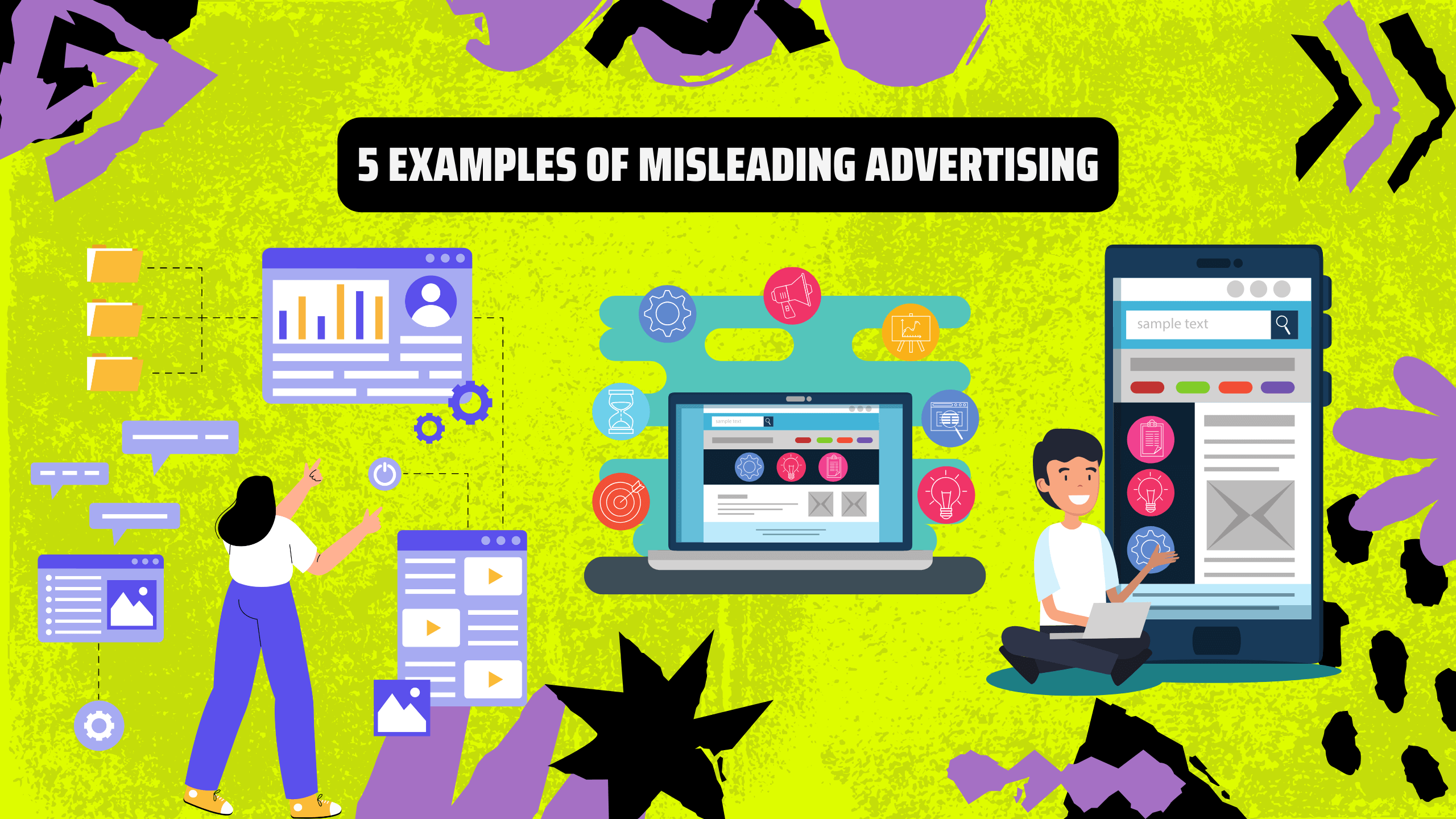The programmatic landscape is constantly evolving, driven by technological advancements, shifting consumer behaviours, and emerging privacy concerns. Amidst this dynamic ecosystem, inventory management stands as a critical aspect, ensuring the efficient and effective utilization of ad space.
The Essence of Inventory Management in Programmatic Advertising
Inventory management in programmatic advertising encompasses the intricate processes involved in buying, selling, and optimizing ad space for both publishers and advertisers. This complex undertaking involves a range of activities, including:
– Ad Inventory Forecasting: Accurately predicting the amount of ad space that will be available for sale in the future is an essential component of effective inventory management. This involves analyzing historical trends, seasonal patterns, and market conditions to anticipate demand and supply. By accurately forecasting ad inventory, publishers can plan their pricing strategies effectively and avoid overselling or underselling their ad space.
– Ad Pricing: Determining the appropriate price for ad space is a critical aspect of inventory management. Publishers need to consider factors such as the quality of their ad inventory, the target audience, and the overall demand for ad space to set prices that are both attractive to advertisers and profitable for their business. Advertisers, on the other hand, need to evaluate the value of the ad space in relation to their campaign goals and budget constraints to ensure that their ad spend is optimized.
– Ad Scheduling: Effectively scheduling ads involves determining when and where they will be displayed. This requires considering factors such as the type of ad inventory, the target audience, and the overall campaign goals to ensure that ads are displayed at the most opportune times and in the most relevant contexts. For instance, if an advertiser is targeting working professionals, scheduling ads to appear during weekday work hours would be more effective than scheduling them during late-night hours.
– Ad Optimization: Continuous optimization of ad campaigns is essential for maximizing their effectiveness. This involves analyzing campaign performance data, identifying areas for improvement, and making adjustments to ad creatives, targeting strategies, and ad placement. Publishers and advertisers can utilize various optimization tools and techniques to improve ad engagement, click-through rates, and conversion rates, ultimately enhancing the return on investment (ROI) of their advertising campaigns.

Addressing the Challenges and Embracing Effective Strategies
Inventory management in programmatic advertising presents some challenges that both publishers and advertisers need to address effectively:
Ad Fraud:
Fraudulent activity, such as click fraud and bot traffic, can significantly inflate the cost of ad space and reduce the effectiveness of advertising campaigns. To combat ad fraud, publishers can implement robust ad fraud detection and prevention measures, such as using reputable ad networks and utilizing third-party verification services. Advertisers can also implement anti-fraud measures, such as using real-time bidding (RTB) platforms that incorporate fraud protection mechanisms.
Data Quality:
The quality of data used to inform inventory management decisions is critical. Poor data quality can lead to inaccurate targeting, ineffective ad campaigns, and wasted ad spending. Publishers should ensure that their data is accurate, complete, and consistent by implementing data cleansing and validation processes. Advertisers should also carefully evaluate the data provided by publishers to ensure that it is relevant and reliable before making ad placement decisions.
Transparency:
The programmatic advertising ecosystem can be complex and opaque, making it difficult for publishers and advertisers to understand how their ad inventory is being used and how their campaigns are performing. Increasing transparency is essential for building trust and fostering a healthy programmatic ecosystem. Publishers can provide advertisers with clear and concise information about ad pricing, targeting strategies, and campaign performance to foster transparency. Advertisers can also request detailed reports from publishers to gain insights into ad performance and ensure that their ad spending is being utilized effectively.

To effectively manage their ad inventory, publishers and advertisers can adopt a number of strategies:
- Partner with Reputable Ad Exchanges: Choosing ad exchanges with a strong track record of preventing ad fraud, ensuring data quality, and providing transparency is critical. Evaluate ad exchanges based on their reputation, technology, and commitment to industry standards.
- Implement Ad Quality Controls: Utilize ad quality controls, such as ad verification and viewability measurement, to ensure that ads are of high quality and are seen by real people. These controls help to protect inventory value and optimize campaign performance.
- Collect and Leverage Data: Collect data on ad inventory performance, including impressions, clicks, and conversions. Analyze this data to identify trends, optimize ad pricing and scheduling, and make informed decisions about inventory utilization.
Additional Considerations for Inventory Management in Programmatic Advertising
In addition to the strategies mentioned above, publishers and advertisers should also consider the following factors when managing their ad inventory:
1. Ad Inventory Type:
Different types of ad inventory, such as display ads, video ads, and native ads, have different pricing and optimization strategies. Understanding the characteristics of each type of inventory is essential for effective management. For instance, display ads typically have lower pricing but higher viewability rates, while video ads may have higher pricing but lower viewability rates.
2. Target Audience:
The target audience for an ad campaign should be carefully considered when selecting ad inventory and optimizing ad placement. Tailoring ad inventory to specific audience segments can improve campaign effectiveness and ROI. For example, if an advertiser is targeting young adults, selecting ad inventory from websites and apps popular among this demographic is likely to yield better results.
3. Campaign Goals:
Inventory management decisions should be aligned with the clearly defined goals of an ad campaign. Optimizing inventory for specific campaign goals, such as brand awareness, lead generation, or sales conversions, enhances overall campaign success. For instance, if the goal is brand awareness, selecting ad inventory that reaches a broad audience across various channels is more effective than targeting a narrow audience on a specific platform.

4. Real-Time Bidding (RTB):
RTB is a programmatic advertising method where advertisers compete in real time to buy ad space on publisher websites and apps. RTB allows for more precise targeting and dynamic pricing, making it an efficient inventory management tool for both publishers and advertisers. Publishers can utilize RTB platforms to sell their ad inventory at the highest possible price, while advertisers can use RTB to target their ads more effectively and achieve better ROI.
5. Private Marketplaces (PMPs):
PMPs are ad exchanges that are only accessible to a select group of advertisers and publishers. PMPs offer a more controlled and transparent environment for buying and selling ad space, which can be beneficial for both publishers and advertisers seeking more exclusive or targeted ad placements. Publishers can use PMPs to sell their premium ad inventory to a select group of trusted advertisers, while advertisers can use PMPs to access high-quality ad inventory that is not available to the general public.
6. Data Clean Rooms:
Data clean rooms are secure environments where publishers and advertisers can share and analyze data without revealing sensitive information. This allows for more informed targeting and optimization of ad campaigns, as publishers can provide advertisers with insights into their audience demographics and behavior, while advertisers can share data on ad performance to help publishers improve their inventory value.
By carefully considering these factors and adopting effective inventory management strategies, publishers and advertisers can optimize their ad space utilization, maximize revenue, and achieve their advertising objectives in the dynamic and evolving landscape of programmatic advertising.











